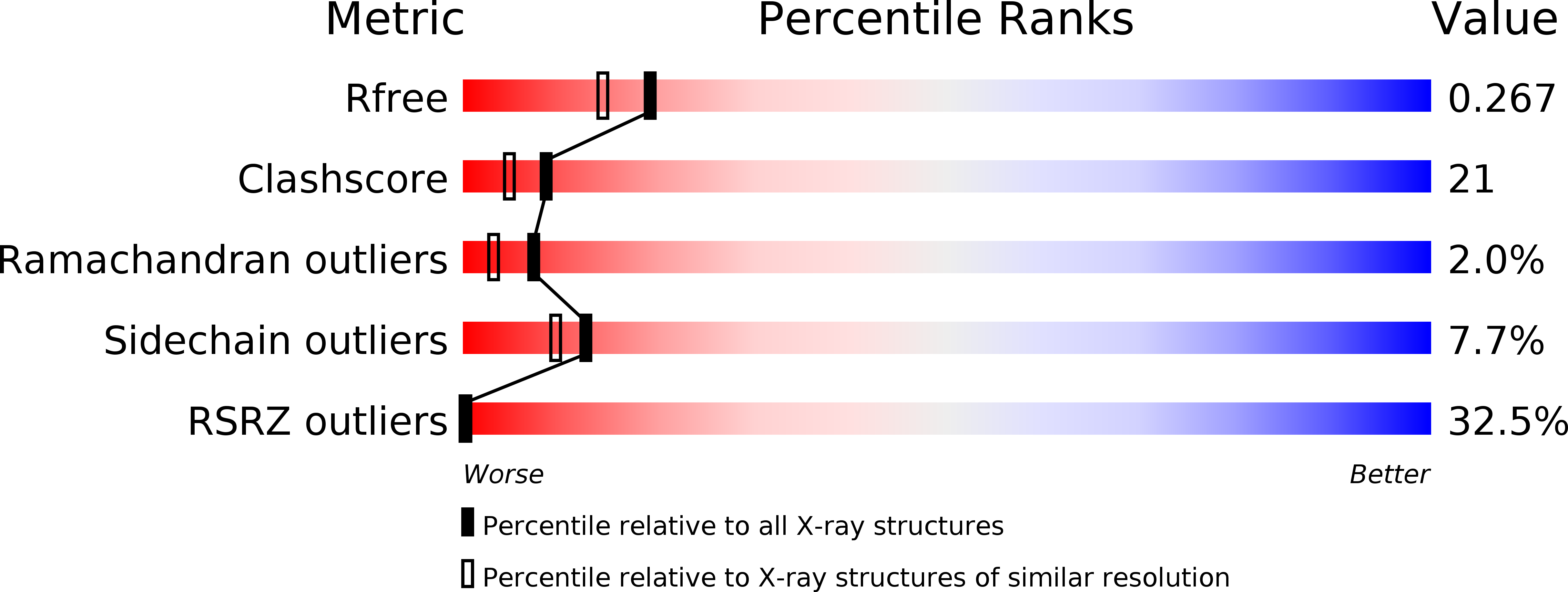
Deposition Date
1998-10-28
Release Date
1999-02-16
Last Version Date
2023-11-15
Method Details:
Experimental Method:
Resolution:
2.10 Å
R-Value Free:
0.26
R-Value Work:
0.19
Space Group:
P 1 21 1


